Invasive species might not make headlines as frequently as climate change or pollution, but they pose one of the most serious and persistent threats to global biodiversity.
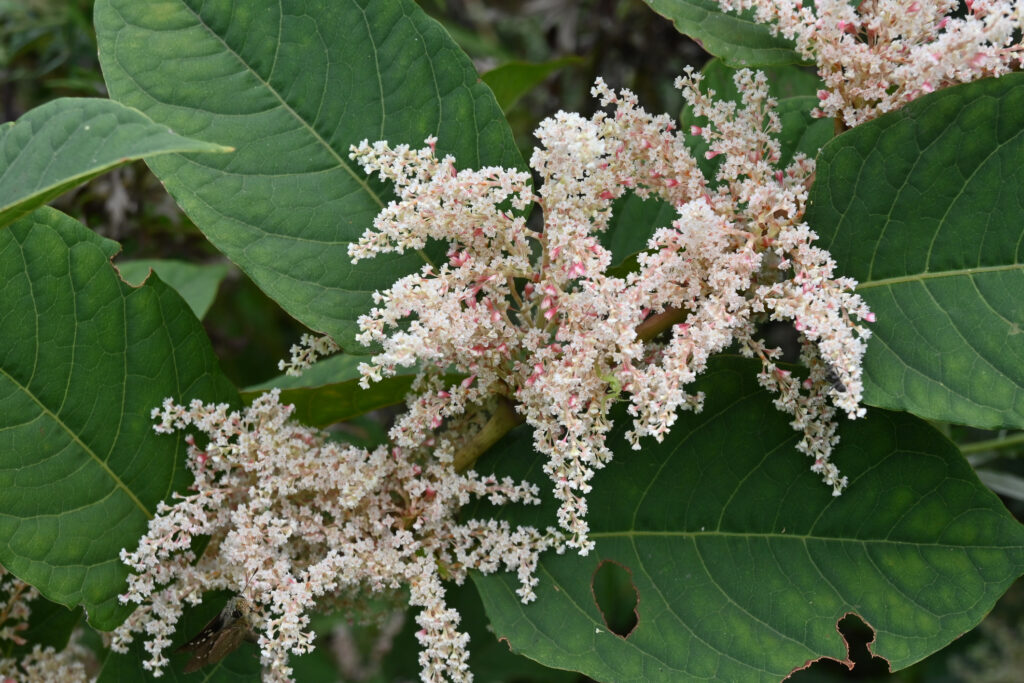
They’re often hidden in plain sight, spreading through ecosystems and gradually altering the balance of nature in ways that can be irreversible. They outcompete native species, alter habitats, transmit new diseases, and bring with them steep economic and social costs. Every year, invasive species cause billions of pounds in damage globally, and the threat continues to grow.
Despite the scale of the problem, invasive species don’t always capture public attention in the same way as more high-profile environmental issues. But as ecosystems become increasingly vulnerable to disruption through climate change, urban expansion, and international trade, understanding and addressing the threat of invasive species has become more critical than ever. This article explores what invasive species are, how they spread, the damage they cause, and most importantly, what we can do to reduce their impact.
What are invasive species, and why do they matter?
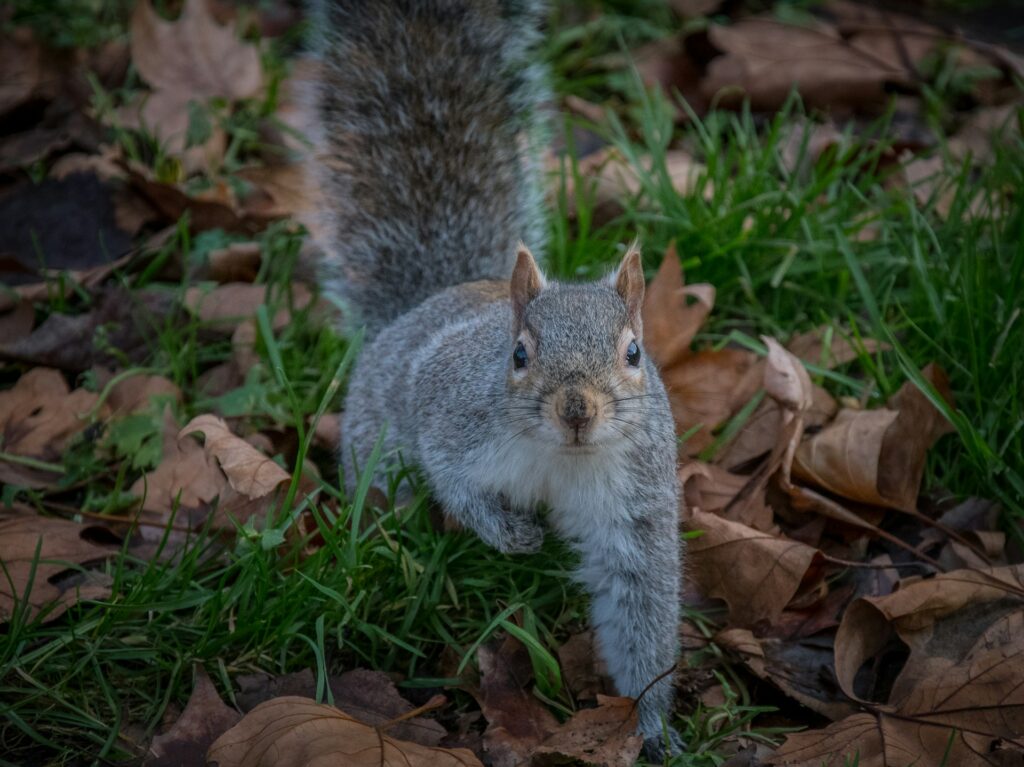
An invasive species is a non-native organism—plant, animal, fungus or microbe—that has been introduced to a new environment and causes harm to the native ecosystem, economy, or human health. Not all non-native species are invasive. In fact, many introduced species pose little to no threat. But when a species begins to spread rapidly and displace or harm native species, it becomes invasive.
One of the most widely cited examples in the UK is the grey squirrel. Brought over from North America in the 19th century, grey squirrels quickly outcompeted the native red squirrel for food and territory. In addition, they carry squirrelpox, a virus deadly to red squirrels but harmless to greys. Today, red squirrels survive in only a few scattered areas of the UK, mostly in the north.
Other invasive species, like Japanese knotweed, have become notorious for their tenacity and destructive potential. Knotweed can grow through tarmac and concrete, damaging roads, buildings and foundations, and it’s notoriously difficult and expensive to remove once established.
How do they spread so easily?

The rise in international trade and travel has made it far easier for species to move around the world. In the past, geographical and climatic barriers helped keep ecosystems distinct and separate. Today, a stowaway insect in a shipping container or a plant spore on a tourist’s hiking boot can cross continents in a matter of hours.
Ballast water discharged by ships has introduced countless marine species to new environments, while exotic pets that escape or are released by their owners often become invasive if they survive and reproduce. The American signal crayfish, for example, was introduced to UK waterways for aquaculture but quickly spread and decimated populations of native crayfish.
Climate change is also increasing the threat. Rising temperatures are enabling invasive species to expand into areas where they were once unable to survive. Warmer winters and milder springs provide ideal conditions for many invasive pests and plants, which can now establish themselves in new areas year-round.
The widespread environmental damage is devastating.
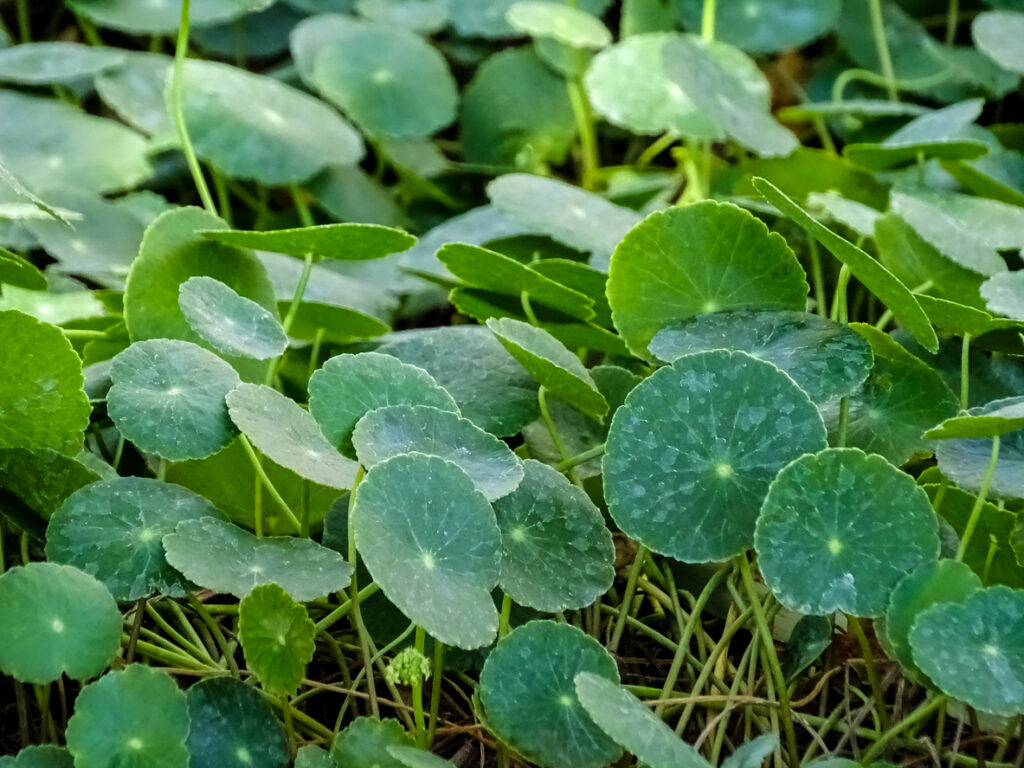
The damage caused by invasive species to ecosystems is wide-ranging and, in many cases, permanent. They can outcompete native species for food, water and space, or directly prey on them. They may introduce pathogens, degrade soil, alter fire regimes, or change the chemical composition of freshwater systems.
One prominent example is the floating pennywort, which has rapidly spread through rivers and lakes in the UK. It forms dense mats on the surface of water, blocking sunlight and reducing oxygen levels, making life difficult for fish and aquatic invertebrates. Similarly, Himalayan balsam grows quickly along riverbanks, crowding out native wildflowers and increasing the risk of erosion once it dies back in winter.
Marine environments aren’t safe either. The Chinese mitten crab, for instance, undermines riverbanks by burrowing, while zebra mussels attach to and clog water intake pipes, affecting both ecosystems and infrastructure. According to the IPBES 2023 report, invasive alien species have been a major factor in more than half of all recorded extinctions worldwide.
There are economic, health, and social impacts, too.
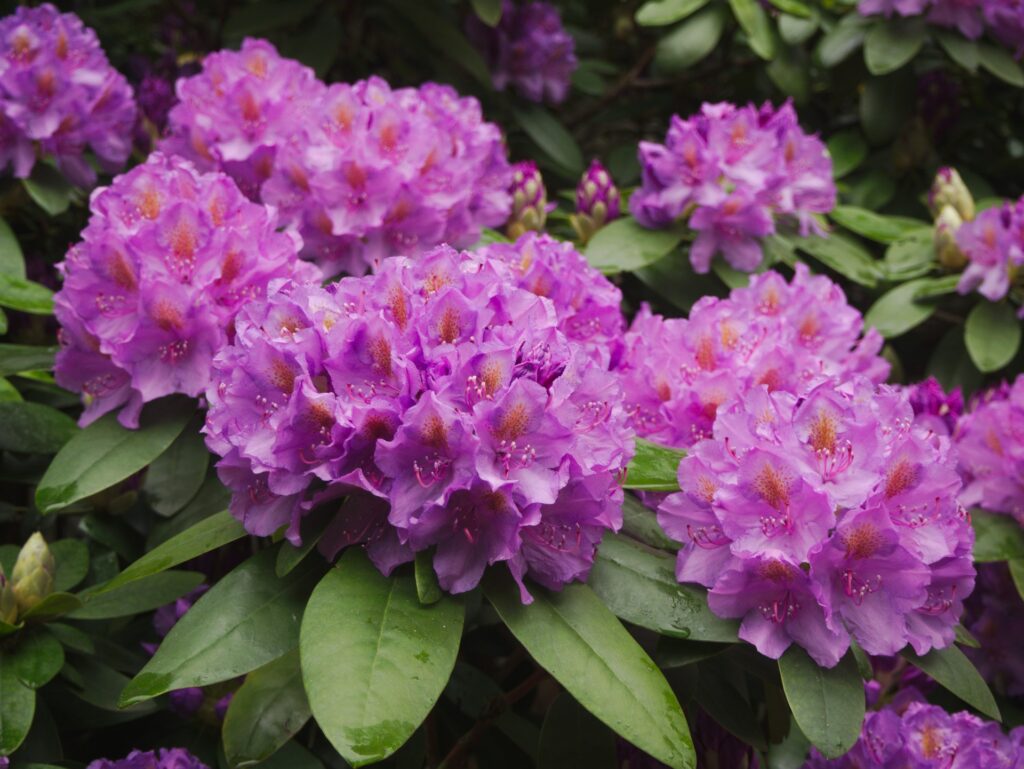
The costs of invasive species aren’t just environmental. The economic burden is vast. In the UK alone, the cost of managing and repairing damage from invasive species is estimated at over £1.8 billion annually. This includes losses in agriculture, forestry, fisheries, and tourism, as well as costs for eradication programmes and infrastructure repairs.
Public health can also be affected. Plants like giant hogweed can cause serious burns when touched, while allergens released by other invasives may increase respiratory problems. Some invasives affect drinking water quality or block waterways, reducing access and increasing flood risks.
In rural communities, where economies often rely on natural resources and eco-tourism, these impacts can be devastating. A single invasive species can undermine decades of habitat restoration, farming investment, or conservation planning, making it even harder for people to make a living.
How to prevent and control invasions

Efforts to control invasive species require a layered and proactive approach. The sooner an invasive species is detected, the better the chance of stopping it from becoming established.
Prevention
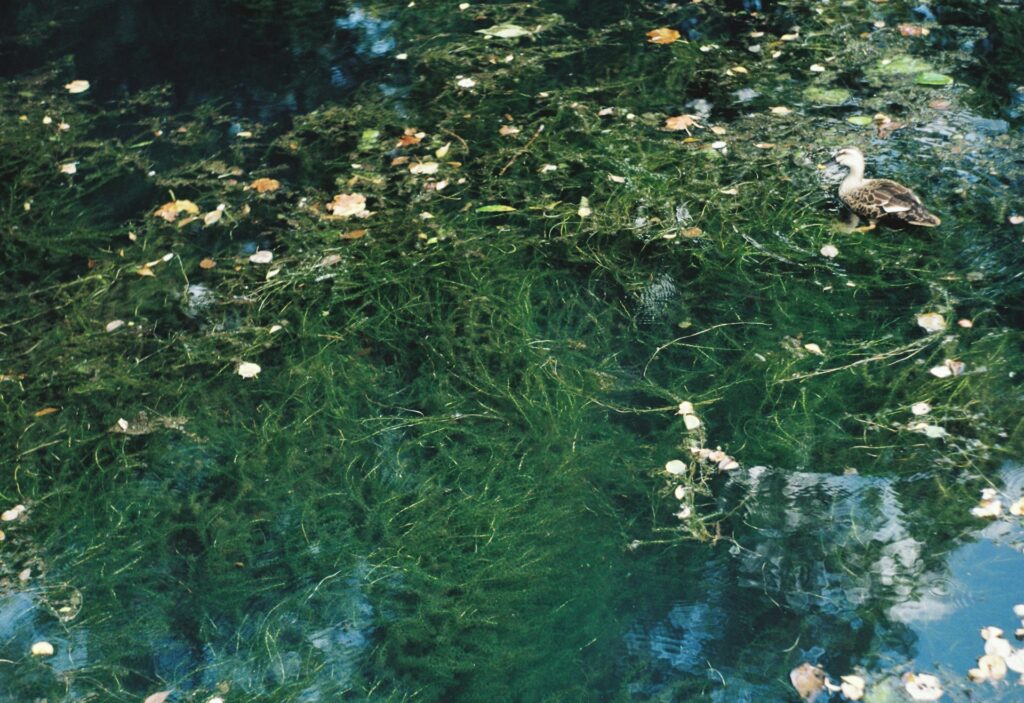
Strong biosecurity at borders and ports is crucial. This includes stricter checks on plant and animal imports, effective quarantine measures, and public campaigns to educate travellers and traders about the risks. The UK Plant Health Portal provides up-to-date information and warnings about new threats.
Early detection and citizen science
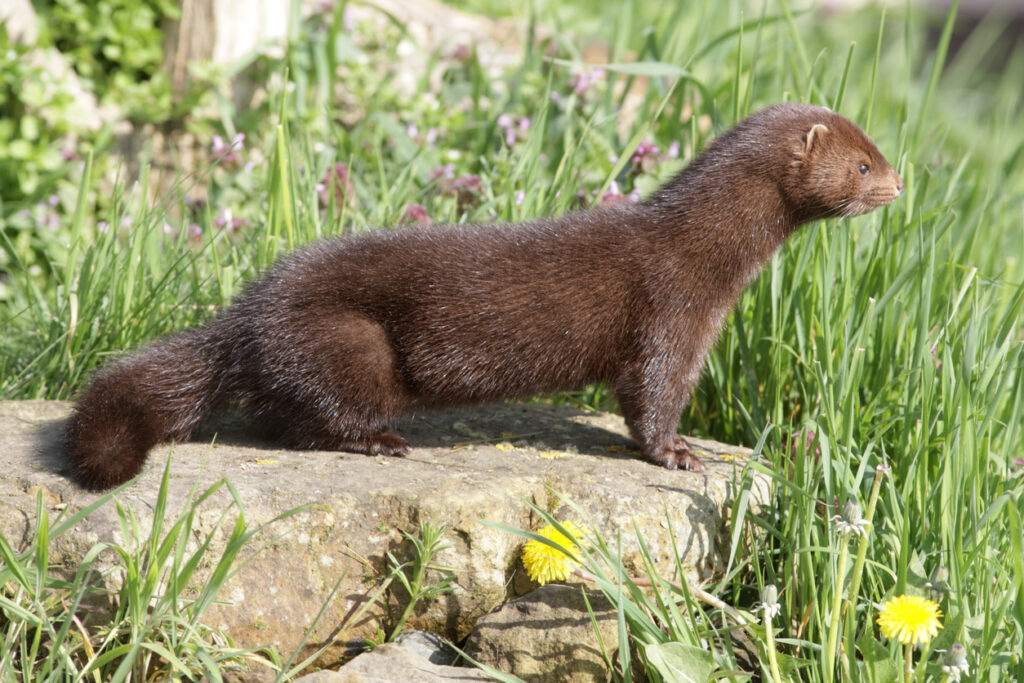
Citizen science plays an increasingly vital role in identifying new invasions. Volunteers across the UK contribute to monitoring efforts by reporting sightings via apps and websites managed by organisations like the Non-Native Species Secretariat. This allows experts to act quickly, potentially stopping new invasives before they spread further.
Long-term management
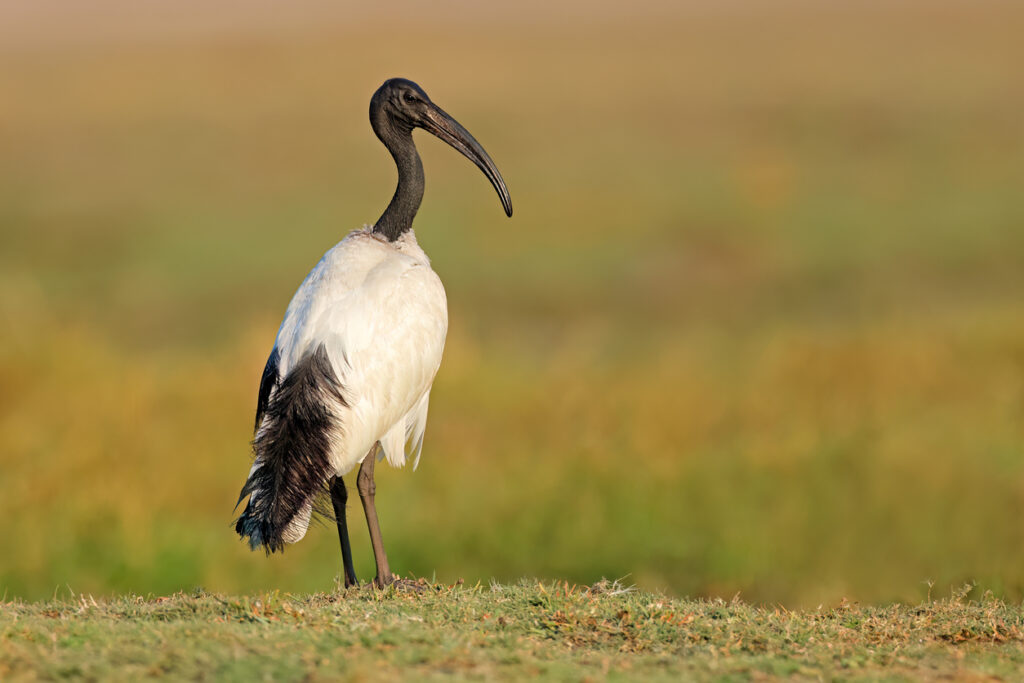
Eradicating invasive species is difficult once they’re established, but long-term management can reduce their spread and limit the damage. Control methods include mechanical removal, targeted pesticide use, introducing natural predators, or altering habitats to give native species a better chance.
One notable example of biological control in action is the use of psyllid insects to combat Japanese knotweed. These insects feed only on knotweed and can reduce its growth, although full success has been limited and is still under study.
Education and behavioural change
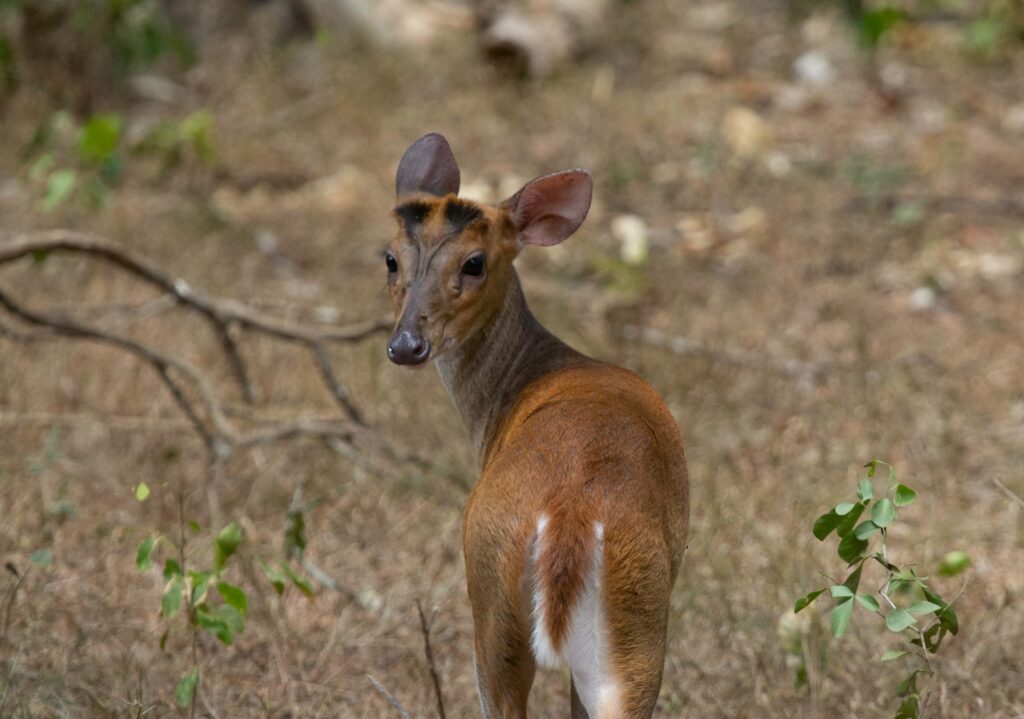
Educating the public remains one of the most effective tools. Simple actions, such as properly cleaning walking boots or fishing gear, avoiding certain ornamental plants, and never releasing pets or garden plants into the wild, can significantly reduce the risk of spread. National campaigns like “Check, Clean, Dry” help reinforce these habits.
We need to share responsibility.

Tackling invasive species requires collaboration at every level, from local communities to international organisations. Governments must invest in research, monitoring, and control efforts, but they can’t do it alone. Landowners, farmers, gardeners, conservation groups, and ordinary citizens all have a role to play.
We also need to support global efforts to manage invasives through treaties, funding, and information sharing. Organisations such as the European Commission and the Convention on Biological Diversity are working to coordinate responses and create frameworks for effective action.
The dangers are ever-present.
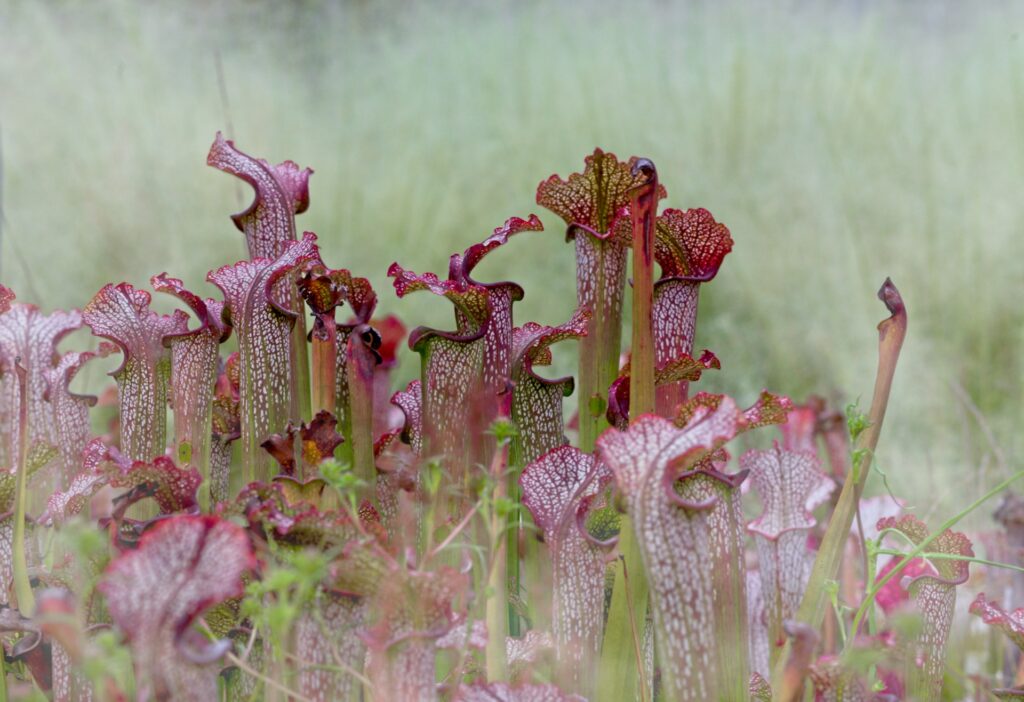
As we face a future with increasing global connectivity and an accelerating climate crisis, the threat from invasive species is only expected to grow. Luckily, it’s not a hopeless situation. With the right policies, technologies, and public engagement, we can limit their spread, reduce their damage, and protect the rich tapestry of life that makes up our planet’s ecosystems.
Invasive species might be a quiet threat, but the time for quiet solutions has passed. Whether it’s removing an invasive plant in your garden or supporting national and international policy reforms, every action counts. We still have the opportunity to protect native wildlife, restore ecosystems, and ensure that future generations inherit a world not dominated by a few aggressive invaders—but enriched by biodiversity in all its forms.